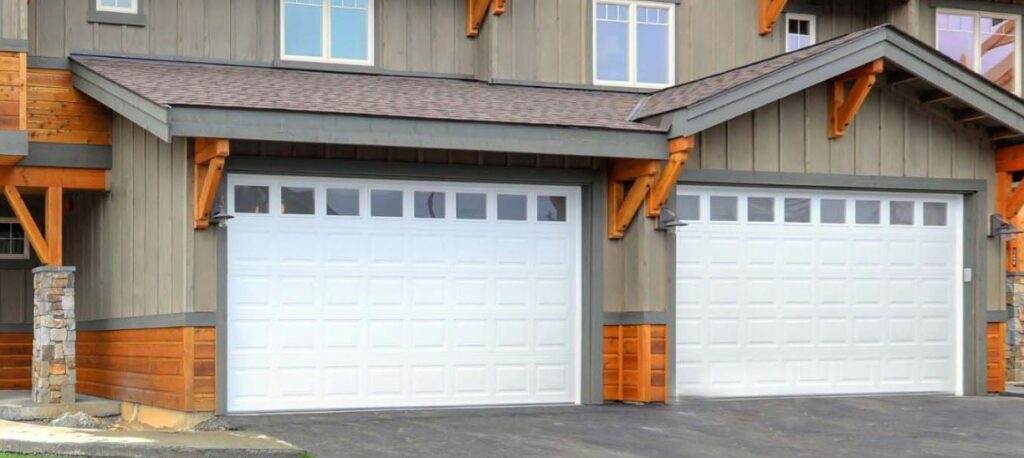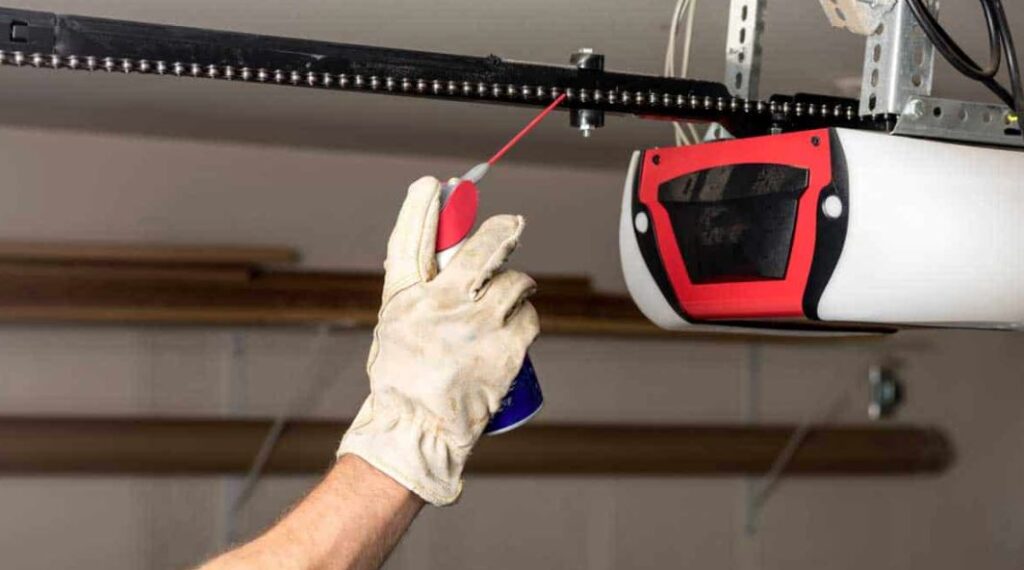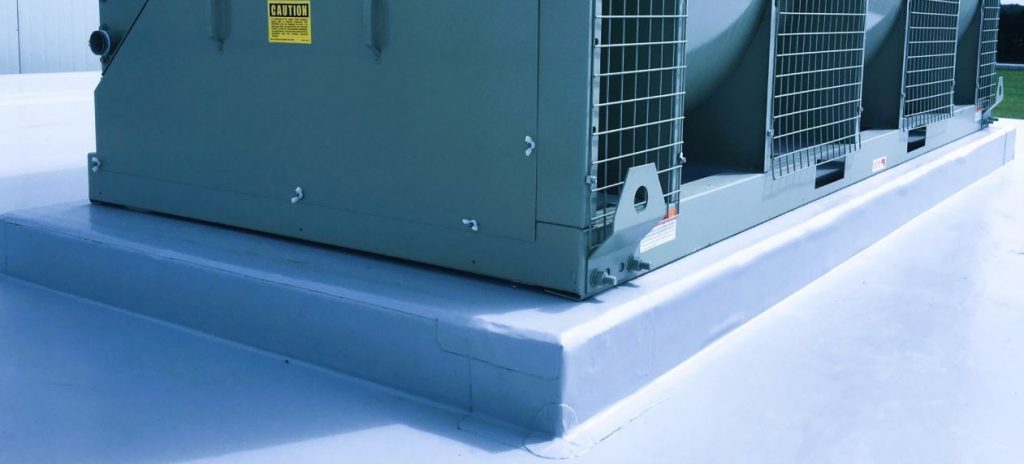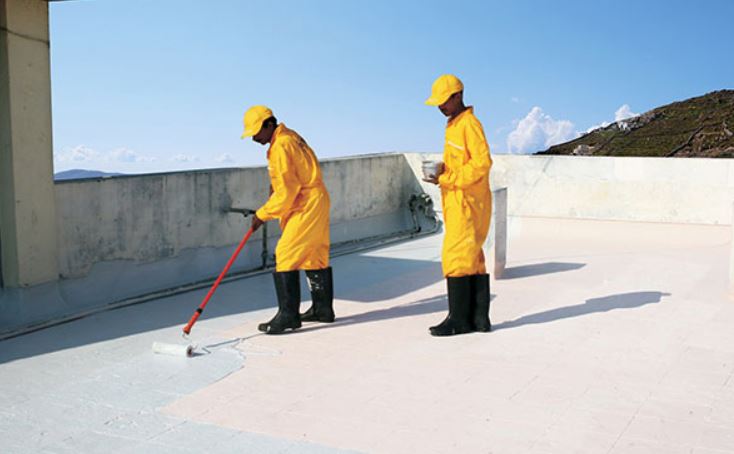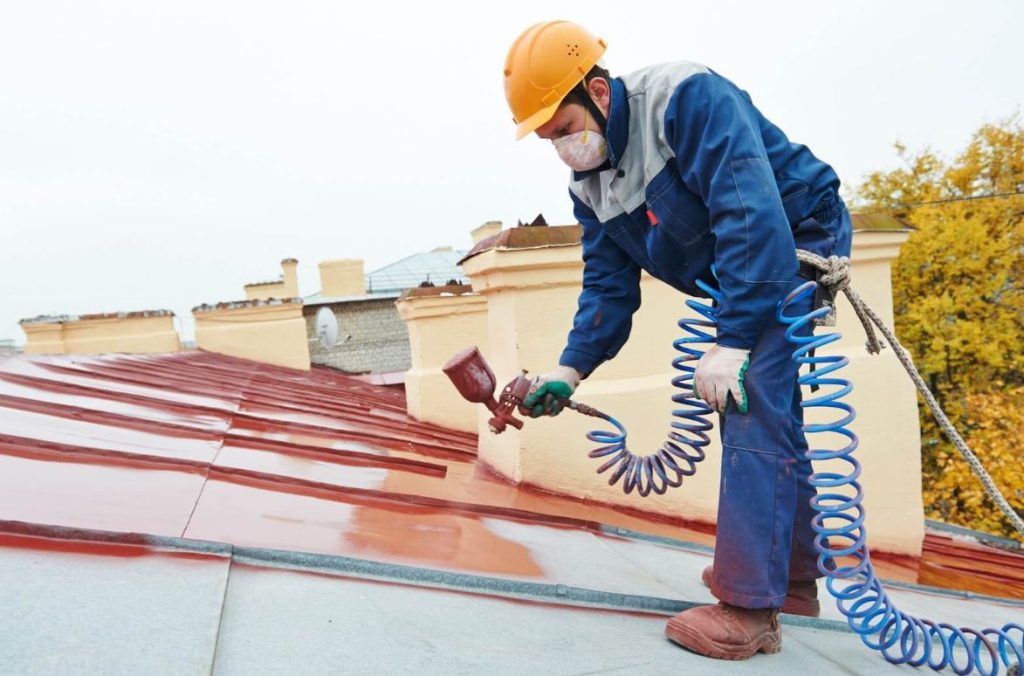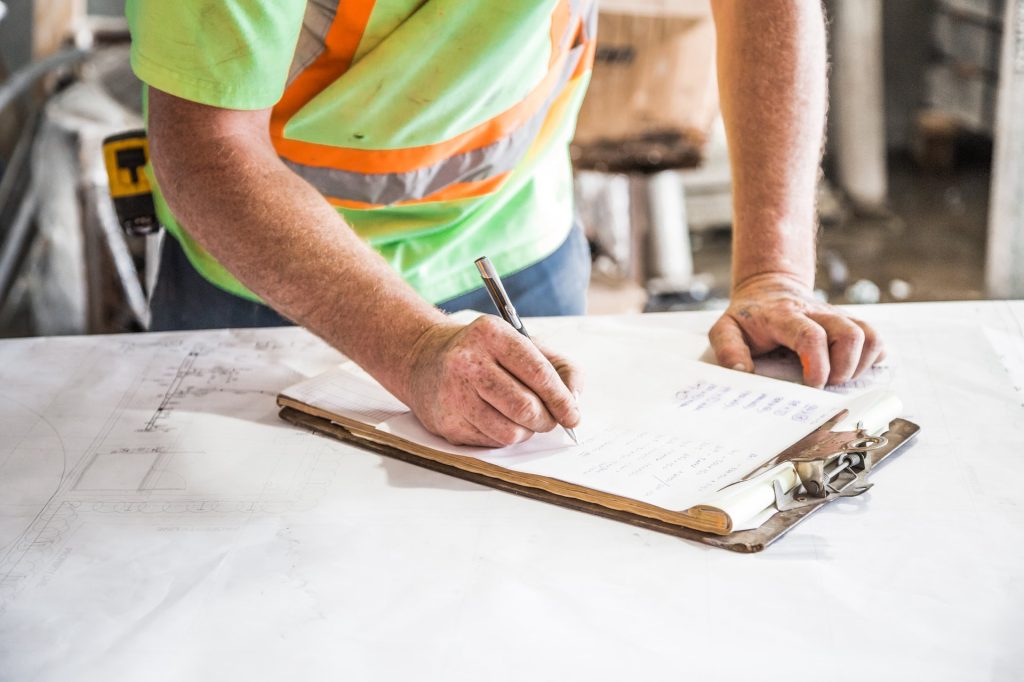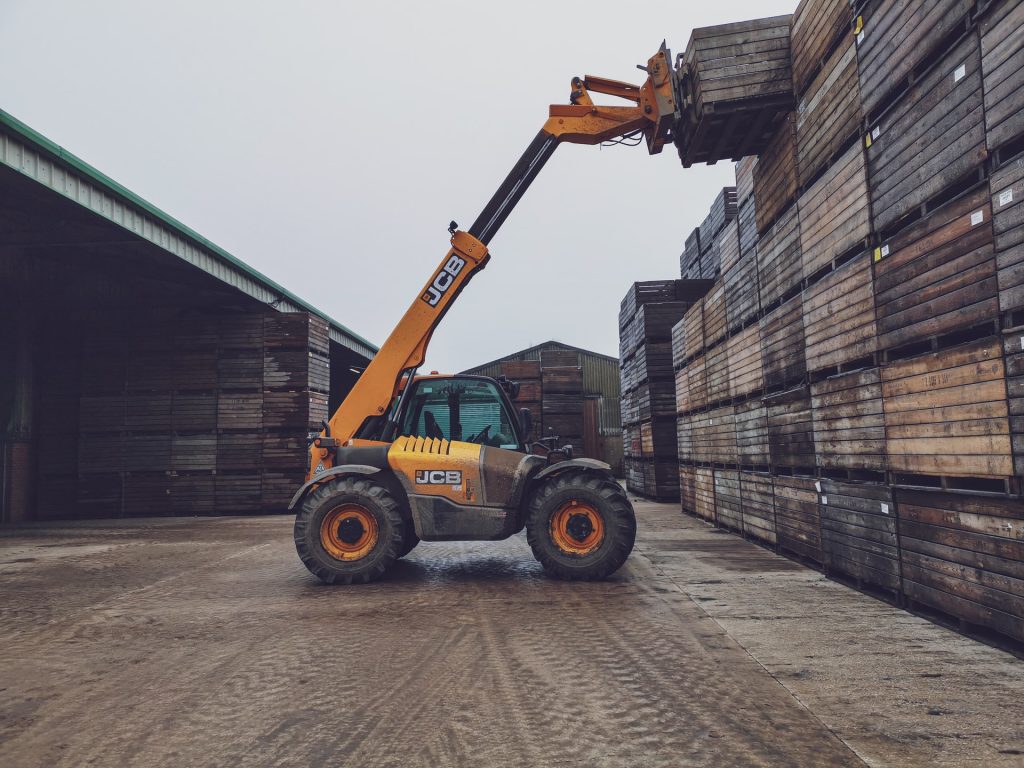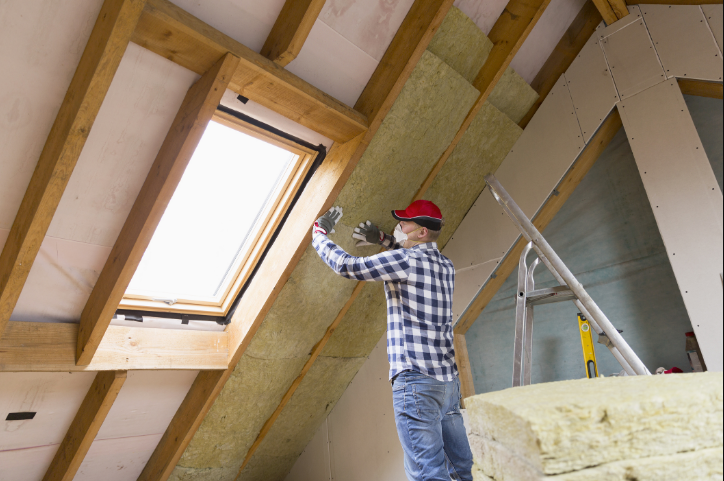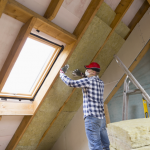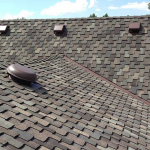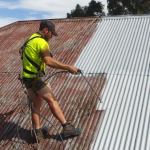Roof Waterproofing Membranes vs Roof Coatings: Which Offers Better Protection

Are you considering roof waterproofing membranes or roof coatings for your building? Understanding the differences between the two can help you make an informed decision.
This article will explore the key factors to consider when choosing between roof waterproofing membranes and roof coatings, from the materials used to the durability and cost. We will also discuss which option offers better protection regarding waterproofing capabilities, UV resistance, and maintenance.
Stay tuned to make the best choice for your roof!
What Are Roof Waterproofing Membranes and Roof Coatings?
Roof waterproofing membranes and roof coatings are essential components in protecting buildings from water damage.
These materials play a crucial role in extending the lifespan of the building by safeguarding it against leaks, mould growth, and structural deterioration caused by water infiltration. Waterproofing membranes are typically installed under the roof surface, creating a watertight barrier that prevents moisture from seeping into the building envelope.
On the other hand, roof coatings act as a shield, reflecting sunlight and reducing heat absorption, which helps maintain a stable indoor temperature and decrease energy costs. Using these materials not only ensures structural integrity but also enhances the overall efficiency and sustainability of the building.
What Are the Differences Between Roof Waterproofing Membranes and Roof Coatings?
Understanding the differences between roof waterproofing membranes and roof coatings is crucial for selecting the most suitable solution for your building. While both provide protection, membranes are a barrier to water infiltration, whereas coatings enhance durability and weather resistance.
Materials Used
The materials used in roof waterproofing membranes and roof coatings significantly determine their performance and longevity. Waterproofing membranes are typically made of materials like EPDM or TPO, known for their flexibility and durability, while roof coatings often consist of acrylic or silicone for weatherproofing properties.
These materials are carefully selected to provide specific benefits based on the roofing system’s intended use. EPDM membranes offer excellent resistance to UV rays and temperature variations, making them suitable for residential and commercial structures.
On the other hand, TPO is popular for its energy efficiency and ease of installation, making it a preferred choice for eco-friendly building designs.
Acrylic roof coatings are known for their reflective properties, which reduce heat absorption and lower cooling costs. Meanwhile, silicone coatings offer superior waterproofing abilities and resistance to ponding water.
The composition and properties of these materials are crucial in ensuring that the roof waterproofing system performs effectively in diverse environmental conditions.
Application Process
The application process of roof waterproofing membranes and roof coatings varies significantly, impacting efficiency and effectiveness. Membranes are usually installed in layers, creating a seamless barrier, whilst coatings can be sprayed or rolled onto the roof surface, providing a protective seal.
For roof waterproofing membranes, the installation typically involves cleaning the roof surface thoroughly to ensure proper adhesion. Depending on the membrane type, the layers are then applied using techniques such as torching, cold adhesive, or self-adhesive methods. Pay attention to overlaps and seams to prevent water penetration is crucial.
In contrast, roof coatings require meticulous surface preparation to promote adhesion. Whether choosing a spray-applied or rolled-on coating, the application should be uniform and consistent to achieve an effective waterproofing barrier.
Durability and Lifespan
The durability and lifespan of roof waterproofing membranes and coatings are crucial in assessing their performance and cost-effectiveness. Membranes offer excellent longevity and robustness, while coatings may require more frequent maintenance but can enhance the roof’s aesthetics.
Renowned for their resilience against severe weather and UV radiation, roof waterproofing membranes stand as a sturdy option for enduring safeguarding. On the other hand, coatings may need to be reapplied periodically to maintain their effectiveness. Despite this, coatings provide an added layer of protection and can be customised to match the building’s colour scheme. When considering the longevity of these materials, it is essential to weigh the upfront costs against the anticipated maintenance expenses over the roof’s life.
Cost
The cost factor is a significant consideration when choosing between roof waterproofing membranes and coatings, as it impacts the initial investment and long-term maintenance expenses. While membranes may have a higher upfront cost, they offer better longevity, potentially reducing maintenance costs.
On the other hand, coatings typically require lower initial investment but may need to be reapplied more frequently, leading to higher maintenance expenses over time. It’s crucial to weigh the upfront cost against each option’s expected lifespan and maintenance requirements to determine the most cost-effective choice for your roofing project.
Conducting a comprehensive cost-benefit analysis enables you to make a well-informed decision that corresponds with your financial parameters and objectives for long-range maintenance.
Which One Offers Better Protection?
Determining which roofing solution offers better protection, whether roof waterproofing membranes or coatings, depends on various factors such as waterproofing capabilities, UV resistance, and maintenance requirements. Both options …

